Yorkshire Sculpture Park opens visitor centre designed by Feilden Fowles
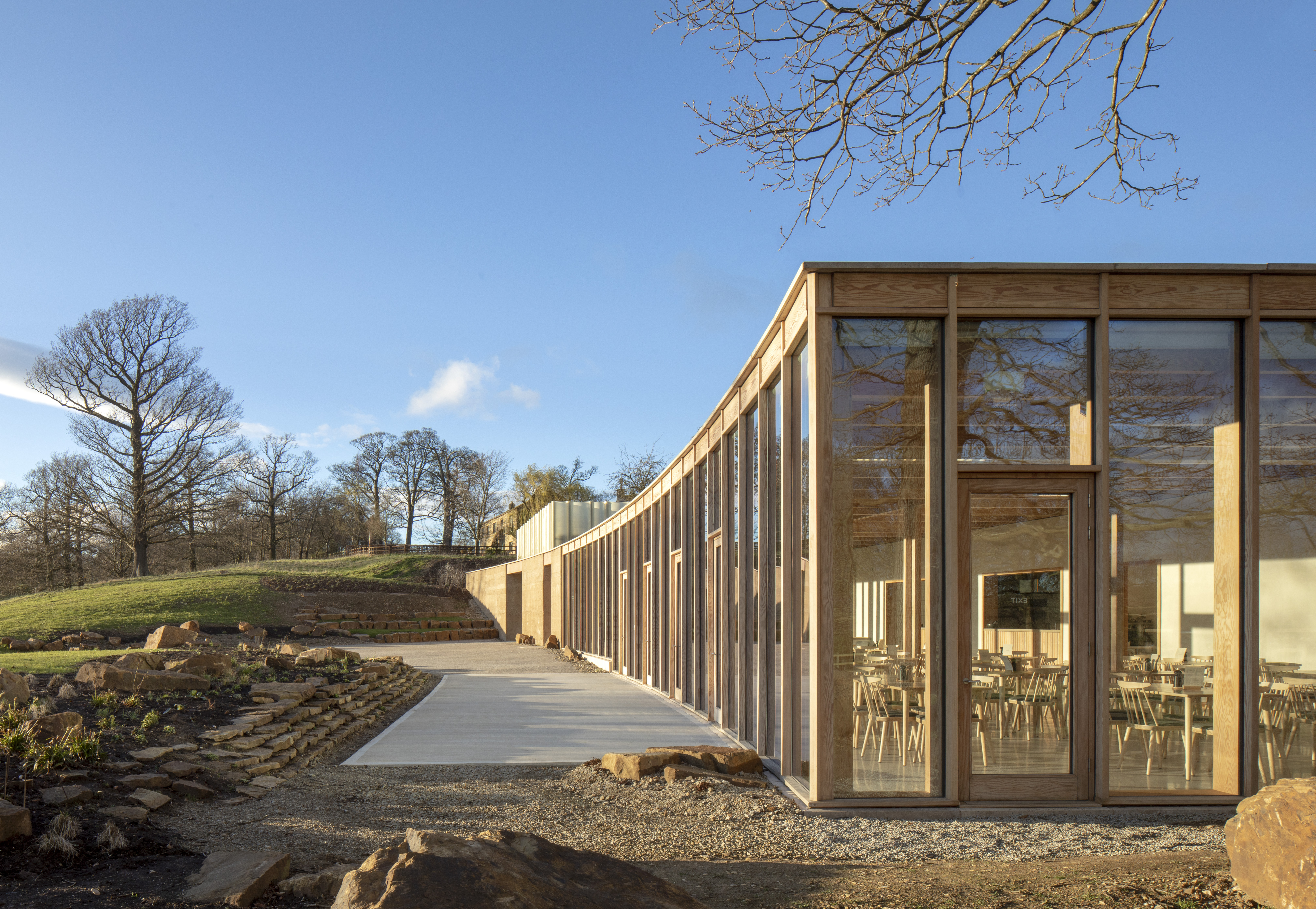
Those passing the Yorkshire Sculpture Park on the six-lane M11 might notice a new figure amongst the rolling hills and open pastures. Nestled squat into the landscape like a hobbit’s fortress is the spectacularly spritely new £3.4m visitor centre by London-based architecture practice Feilden Fowles, opening to the public on 30 March.
Occupying the site of a former quarry straddling the motorway on the eastern threshold of the 500-acre sculpture park, the Weston – so named for a generous donation from the Garfield Weston Foundation – has grown out of embracing the challenges inherent to its particular geography rather than fighting against them. ‘There was a terrible storm on my first visit, and I took shelter in the old quarry,’ recalls Fergus Feilden. ‘We wanted the gallery to offer that same sense of shelter.’
A new gallery, restaurant, public foyer and shop fit spaciously within its 660sq m expanse that curves slightly to embrace the landscape. Drawing on the work of 20th century land artists like Robert Morris, as well as the sculpture park’s own history – including the James Turrell Skyspace occupying an old deer shelter on the grounds and the Underground Gallery completed in 2006 by Feilden Clegg Bradley Studios – it is a sanctuary from the noisy road and offers new vistas from above the parkland.
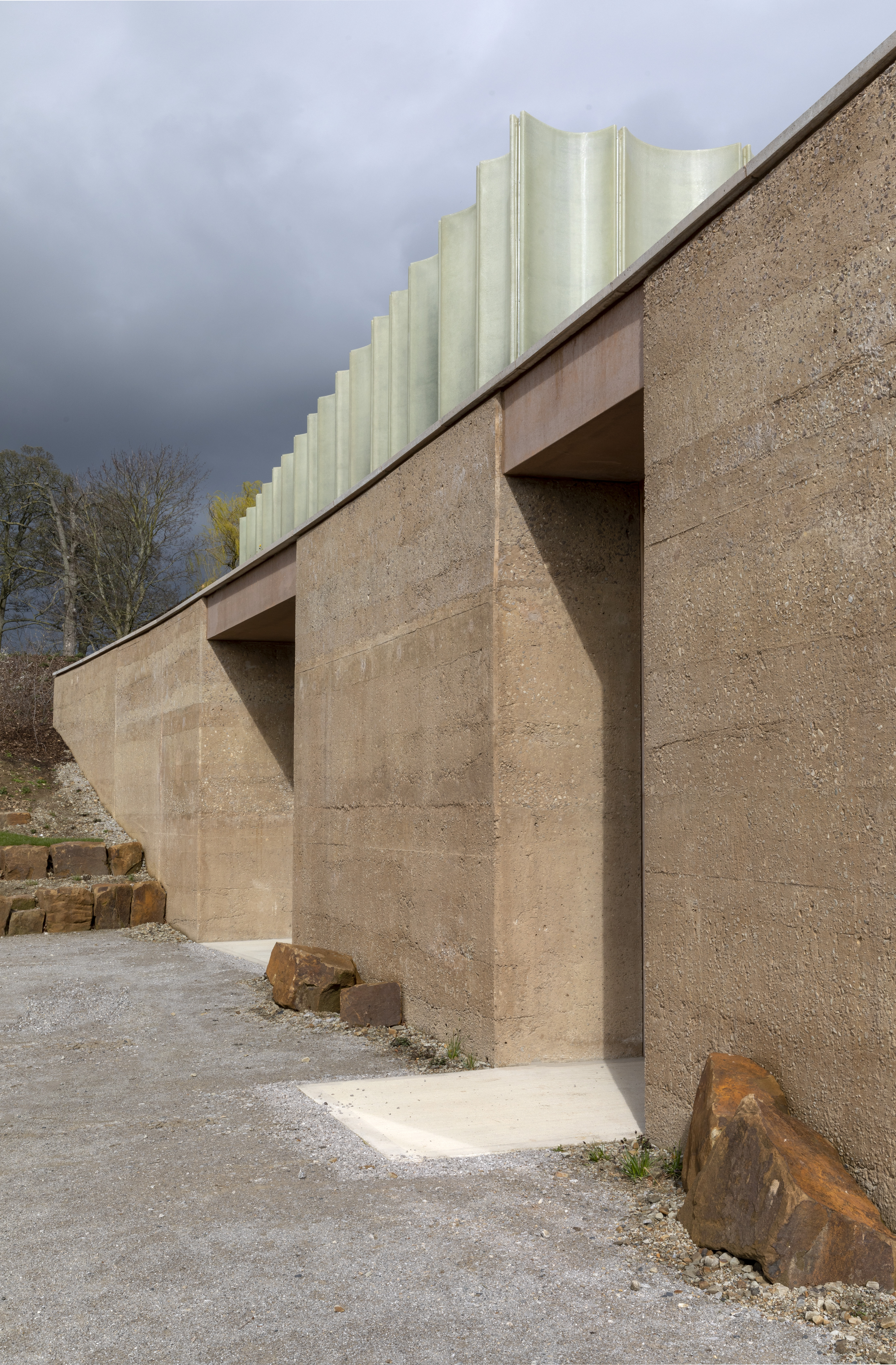
Approaching the gallery from the grassland below, the building is blanketed by nature. Scattered chunks of limestone salvaged from the old quarry during construction frame the winding path leading to the Weston’s entrance. Nimble-footed visitors can scale the grassy hill embracing the building’s east side and descend a semicircle of rocks to meet the tall galley doors.
Wildflowers poke their sunny heads over the gallery’s concrete rooftop, its sawtooth lights guarded by a translucent gill-like plastic panels. The glass-reinforced gills enable enchanting shadowplay, although their painstakingly white-dyed concrete is unfortunately kept out of sight.
From the outside, the Weston appears like a millennia-old sedimentary rock. Its walls are made from bands of cast concrete: the result of a meticulous process of modulating the size and color of aggregate, retardant ratios and jet wash finish. ‘We wanted everything to look uncontrolled, but that took a lot of control,’ grins Feilden.
The aggregate—a combination of granite, limestone, and sandstone—was collected from nearby quarries and kept at a far larger diameter than average, giving the exterior an earthy elegance complemented by the subtle coloration of aggregate. ‘Here at Yorkshire, we often talk about layers of history,’ explains Clare Lilley, director of programme at Yorkshire Sculpture Park. ‘Three-hundred-and-fifty million years of limestone has become a new gallery.’
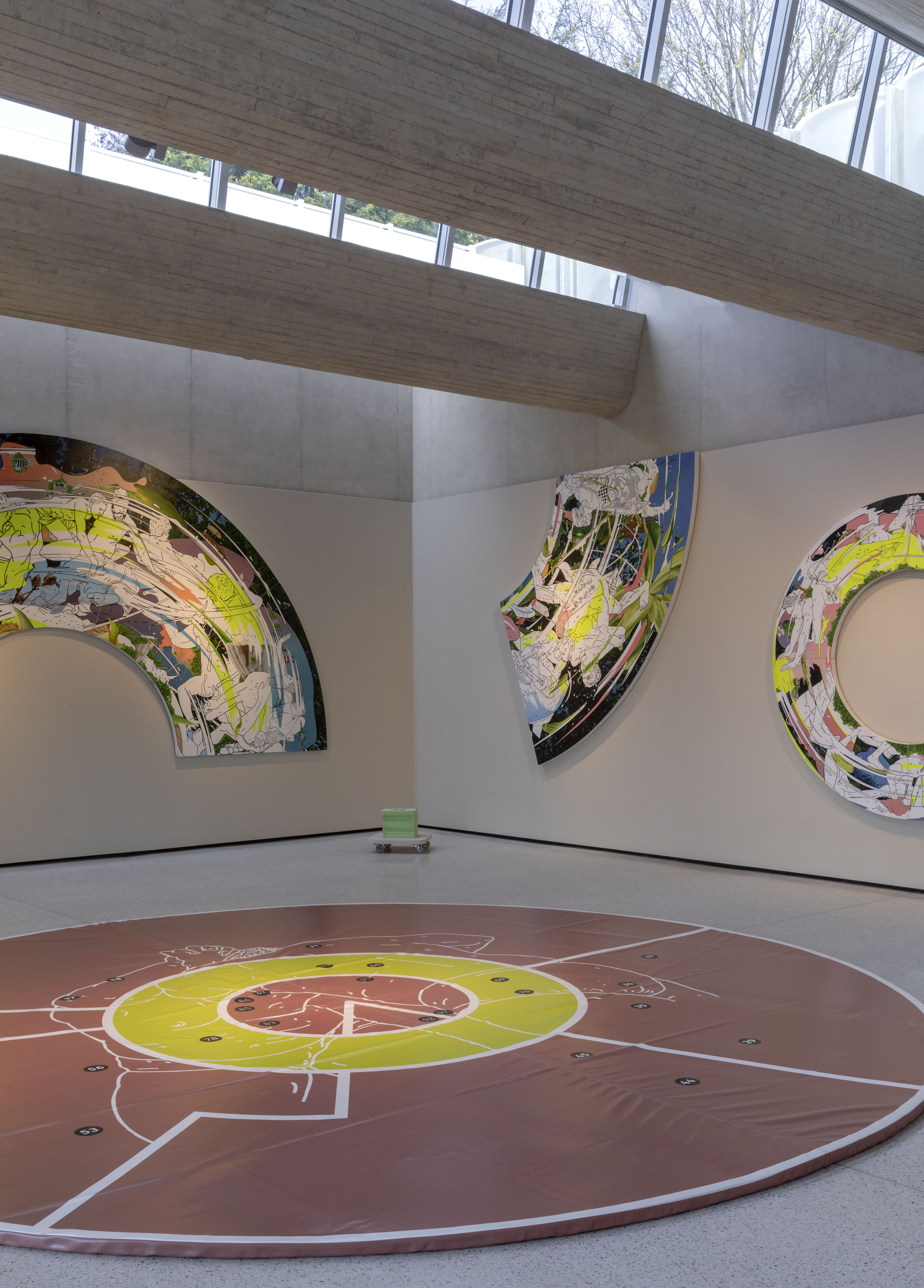
Light streams into the gallery from each sawtooth light’s bullnose underbelly, the bulbous concrete forms dropping down from the ceiling to sniff out the new space, which will soon be transformed into a cozy wrestling ring for the inaugural exhibition by Indian artists Thukral and Tagra.
Working with environmental architects Skelly and Couch, the Weston’s gallery utilizes a 10,000 unfired brick labyrinth as a natural humidifier—a radical technology among the first of its kind in the UK. The labyrinth keeps the gallery at 50 per cent humidity and 15-25 degrees celsius (as opposed to the standard 18-20 degrees) and has been signed off by the British Standards Institute’s conservation requirement for museums and galleries.
A timber-glazed frame of douglas fir allows light to stream into the new restaurant, which curves ever so slightly to the building’s sunken southwest end. Lime plaster walls and mixed concrete flooring keep a careful balance of beauty and ease.
Just outdoors, a small garden of local alpine species and hardy succulents takes its cues from species first discovered by the Yorkshire botanist Reginald Farrer in the 19th century. Looking out over the mind boggling expanse of the Park, the Weston visitor centre will behave as a magnet to this oft-untrodden area of the park. The building exudes a clear sense of purpose and a zen-like complacency with its surrounds. Its subtle tricks carry a slight aura of mischief that will no doubt be amplified when a certain decadent and controversial British artist will unveil two new bronze sculptures in the summer.
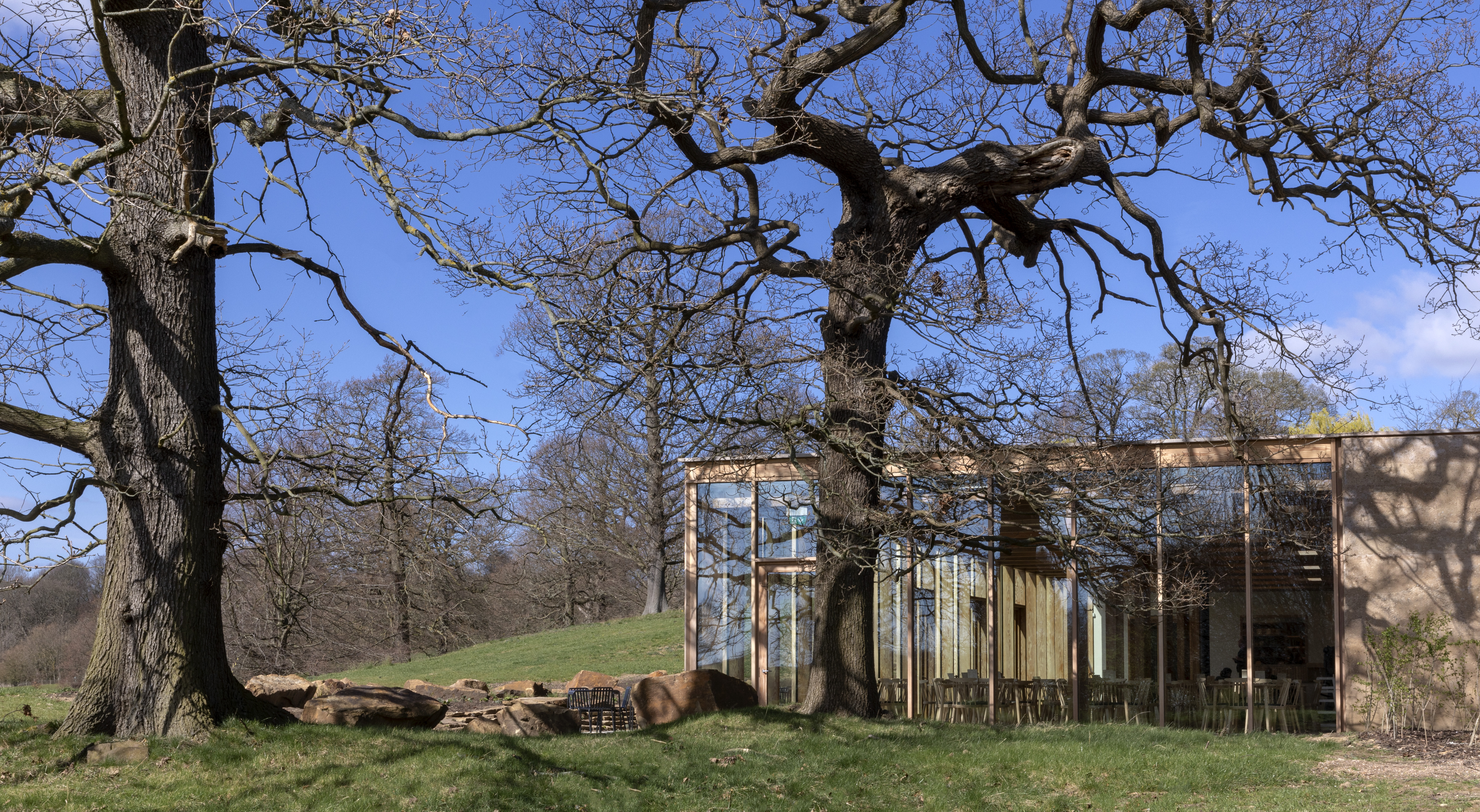
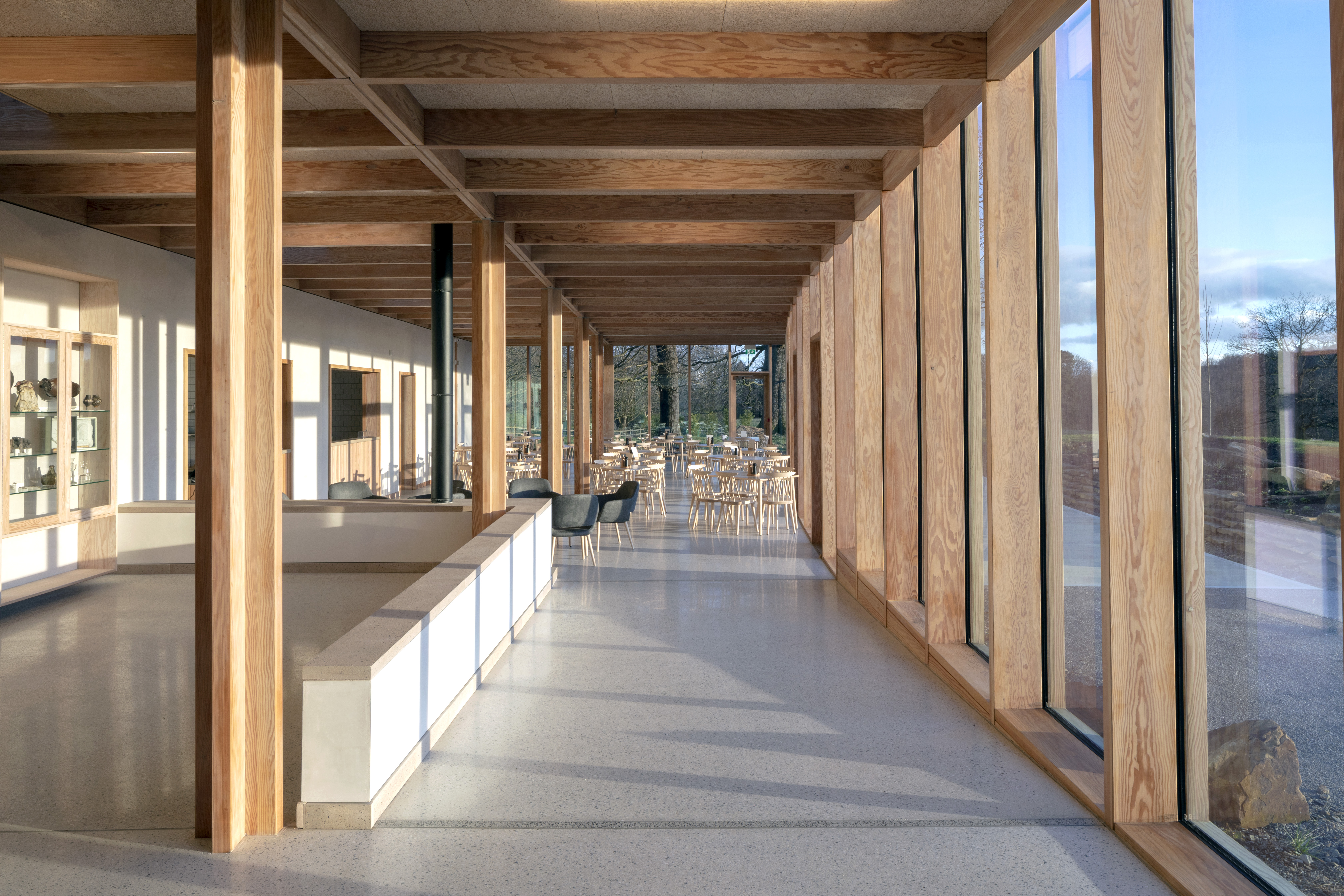
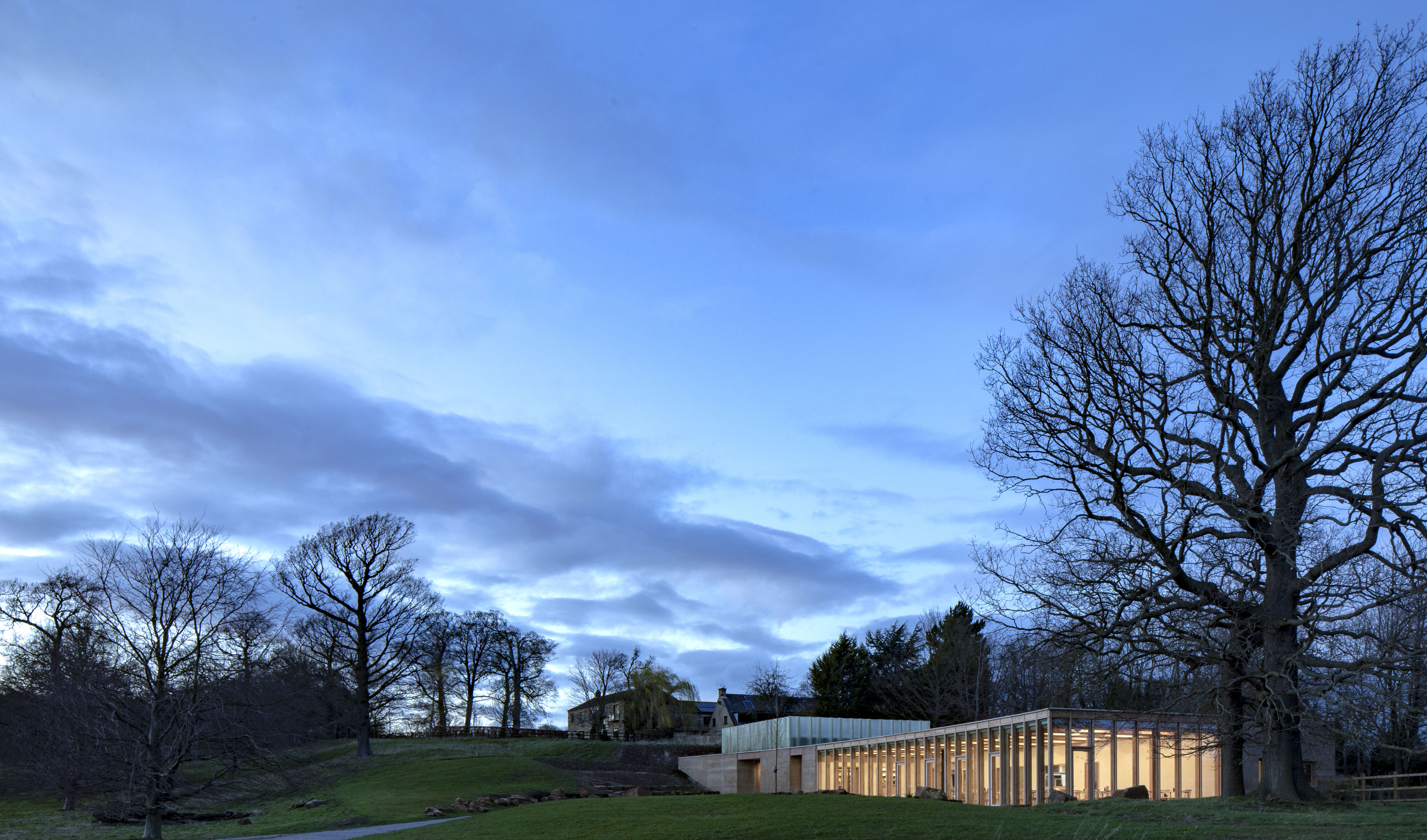
INFORMATION
For more information, visit the Yorkshire Sculpture Park website and the Feilden Fowles website
ADDRESS
The Weston at Yorkshire Sculpture Park
West Bretton
Wakefield
WF4 4LG
UK
Receive our daily digest of inspiration, escapism and design stories from around the world direct to your inbox.
-
 Year in review: the shape of mobility to come in our list of the top 10 concept cars of 2025
Year in review: the shape of mobility to come in our list of the top 10 concept cars of 2025Concept cars remain hugely popular ways to stoke interest in innovation and future forms. Here are our ten best conceptual visions from 2025
-
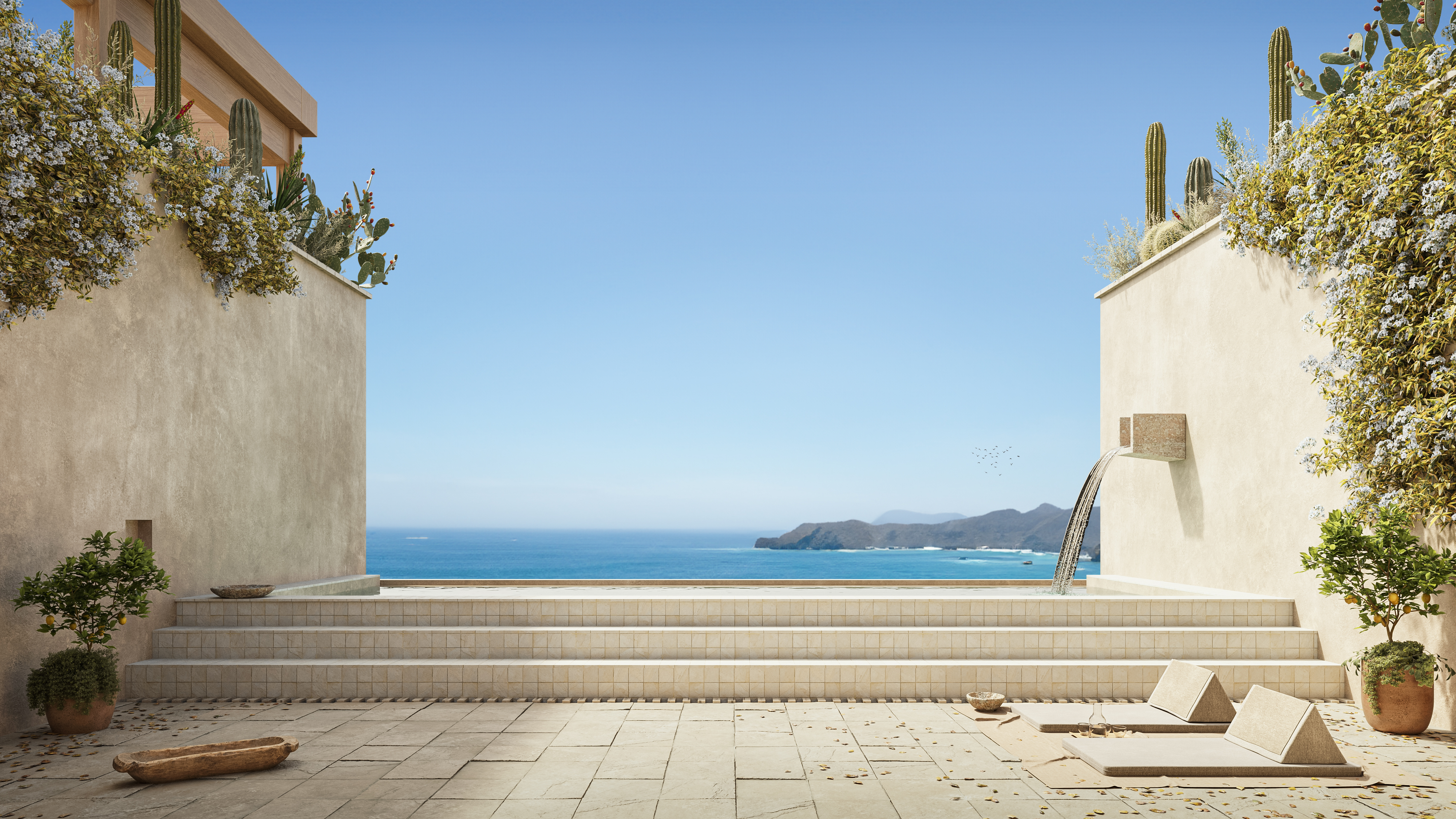 These Guadalajara architects mix modernism with traditional local materials and craft
These Guadalajara architects mix modernism with traditional local materials and craftGuadalajara architects Laura Barba and Luis Aurelio of Barbapiña Arquitectos design drawing on the past to imagine the future
-
 Robert Therrien's largest-ever museum show in Los Angeles is enduringly appealing
Robert Therrien's largest-ever museum show in Los Angeles is enduringly appealing'This is a Story' at The Broad unites 120 of Robert Therrien's sculptures, paintings and works on paper
-
 Arbour House is a north London home that lies low but punches high
Arbour House is a north London home that lies low but punches highArbour House by Andrei Saltykov is a low-lying Crouch End home with a striking roof structure that sets it apart
-
 A former agricultural building is transformed into a minimal rural home by Bindloss Dawes
A former agricultural building is transformed into a minimal rural home by Bindloss DawesZero-carbon design meets adaptive re-use in the Tractor Shed, a stripped-back house in a country village by Somerset architects Bindloss Dawes
-
 RIBA House of the Year 2025 is a ‘rare mixture of sensitivity and boldness’
RIBA House of the Year 2025 is a ‘rare mixture of sensitivity and boldness’Topping the list of seven shortlisted homes, Izat Arundell’s Hebridean self-build – named Caochan na Creige – is announced as the RIBA House of the Year 2025
-
 In addition to brutalist buildings, Alison Smithson designed some of the most creative Christmas cards we've seen
In addition to brutalist buildings, Alison Smithson designed some of the most creative Christmas cards we've seenThe architect’s collection of season’s greetings is on show at the Roca London Gallery, just in time for the holidays
-
 In South Wales, a remote coastal farmhouse flaunts its modern revamp, primed for hosting
In South Wales, a remote coastal farmhouse flaunts its modern revamp, primed for hostingA farmhouse perched on the Gower Peninsula, Delfyd Farm reveals its ground-floor refresh by architecture studio Rural Office, which created a cosy home with breathtaking views
-
 A revived public space in Aberdeen is named Scotland’s building of the year
A revived public space in Aberdeen is named Scotland’s building of the yearAberdeen's Union Terrace Gardens by Stallan-Brand Architecture + Design and LDA Design wins the 2025 Andrew Doolan Best Building in Scotland Award
-
 A refreshed 1950s apartment in East London allows for moments of discovery
A refreshed 1950s apartment in East London allows for moments of discoveryWith this 1950s apartment redesign, London-based architects Studio Naama wanted to create a residence which reflects the fun and individual nature of the clients
-
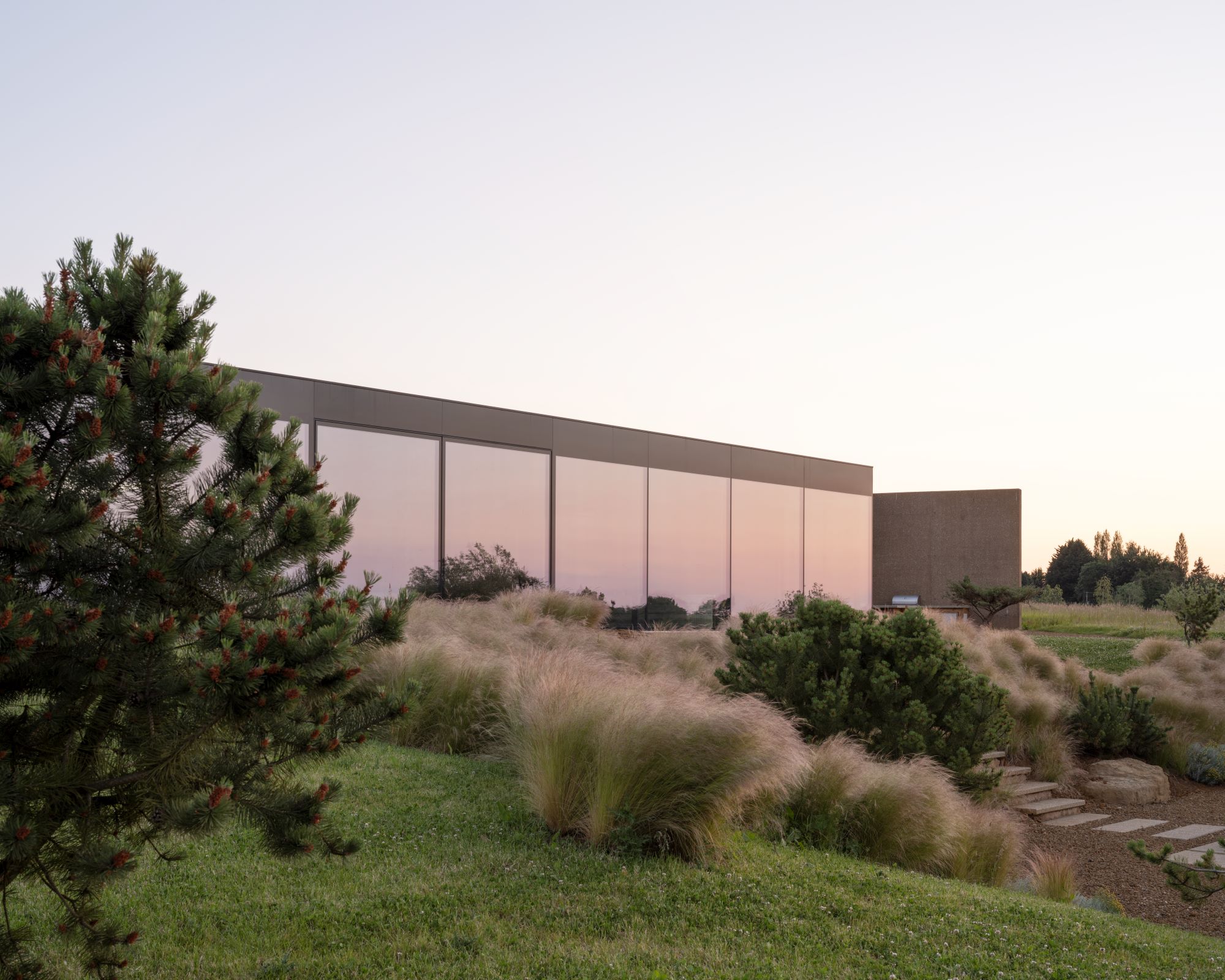 In this Cotswolds home, drama meets minimalism
In this Cotswolds home, drama meets minimalismCotswolds home Hiaven house, with interiors designed by McLaren Excell, is a perfect blend of contemporary chic and calm, countryside drama